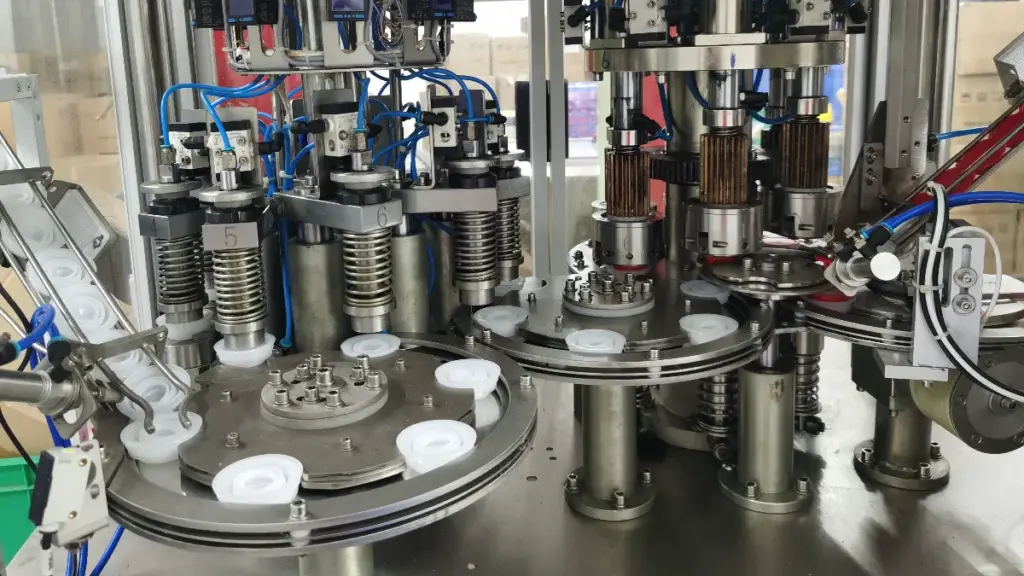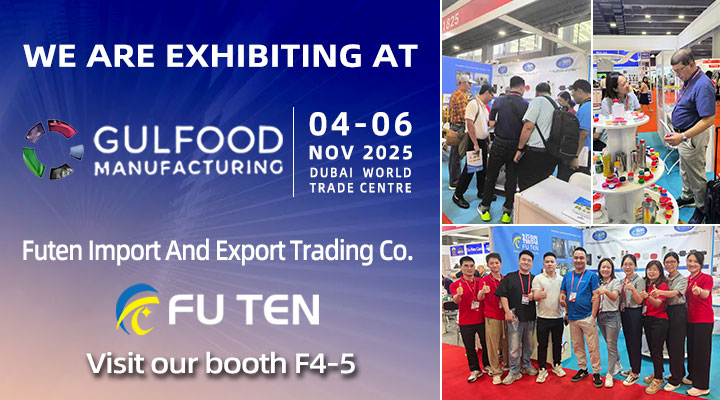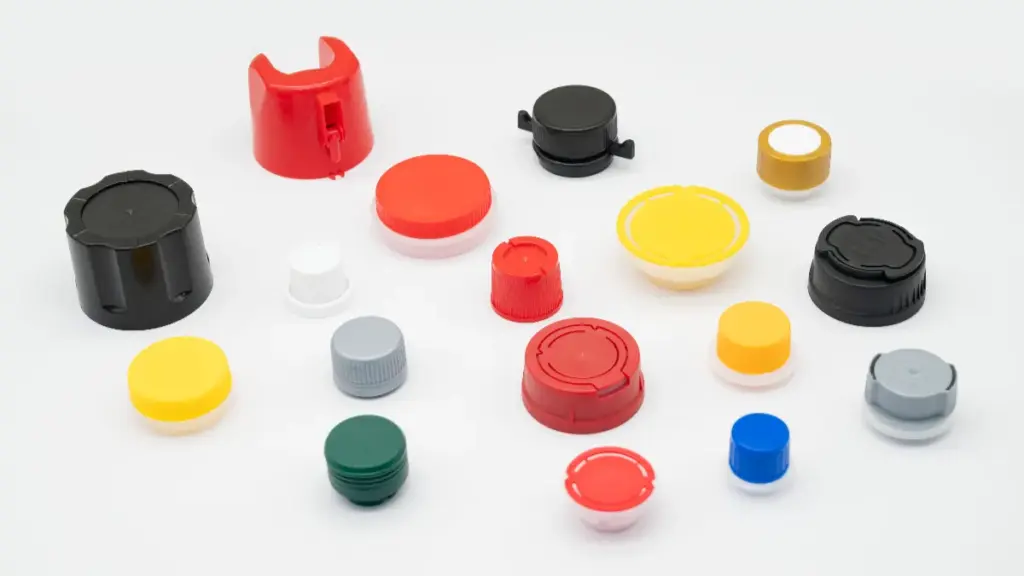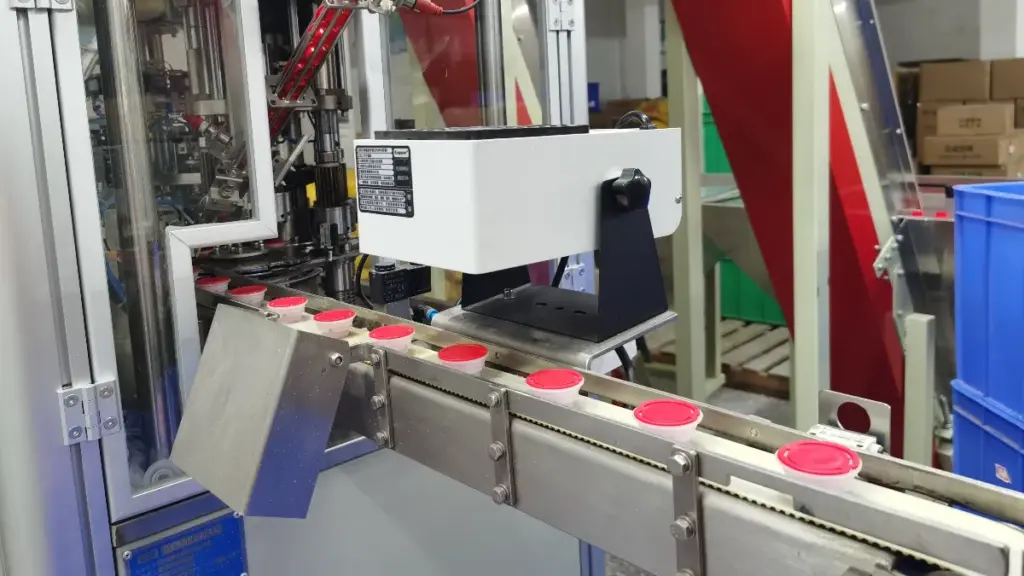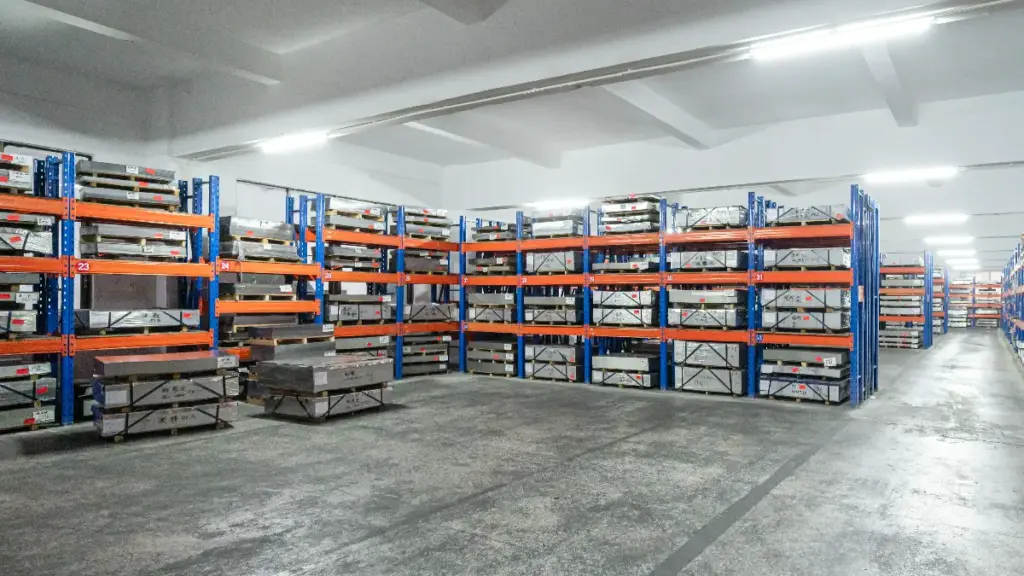The demand for industrial plastic caps has grown steadily as industries prioritize safety, durability, and regulatory compliance. In sectors like chemical storage, fuel drums, and industrial lubricants, reliable caps are essential to prevent leaks and maintain product integrity. This article explores the materials, manufacturing process, and quality standards behind high-performance plastic caps.
What Materials Are Used to Make Plastic Caps?
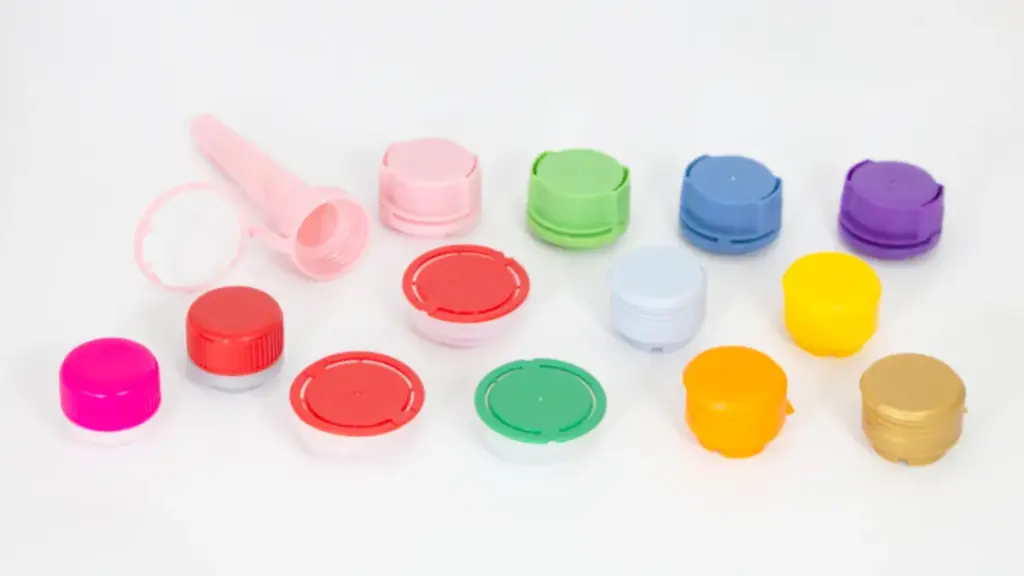
Selecting the right material is key to ensuring a plastic cap’s strength, durability, and chemical resistance. Different materials suit different industrial applications, and additives can further enhance performance. Here’s a detailed overview:
Main Materials
- High-Density Polyethylene (HDPE): HDPE is the most commonly used material for industrial caps. It offers high rigidity, excellent chemical resistance, and can handle temperatures from -40°C to 120°C. It is ideal for fuel drums, chemical barrels, and other heavy-duty containers.
- Polypropylene (PP): PP provides higher flexibility and thermal resistance, withstanding temperatures up to 140°C. It is often used for hot-fill processes, UV-exposed environments, and applications requiring slightly elastic caps.
Other Plastic Types
- Polyethylene (PE, including LDPE): Flexible and lightweight, suitable for small containers or caps with lower pressure requirements.
- Polyvinyl Chloride (PVC): Hard, chemically resistant, but less heat tolerant. Commonly used in lab bottles or non-high-temperature industrial caps.
- Acrylonitrile Butadiene Styrene (ABS): Strong impact resistance, sometimes used for high-strength caps, but less chemical resistant than HDPE or PP.
- Polycarbonate (PC): Transparent and impact-resistant, mainly for observation windows or specialized caps.
- Polyamide (PA, Nylon) and Polyoxymethylene (POM): High strength and wear resistance, suitable for screw-type or mechanically demanding caps, usually in custom applications.
Common Additives
- UV Stabilizers: Protect against sunlight and prevent brittleness.
- Anti-Static Agents: Reduce static buildup for flammable or sensitive liquids.
- Masterbatch: Added in precise amounts to achieve the desired color while maintaining the plastic’s physical properties, suitable for brand or batch identification.
- Chemical-Resistant Enhancers: Improve performance with aggressive chemicals.
Here is a summarized table for your quick reference:
| Plastic Type | الميزات الرئيسية | Typical Applications / Industry Use |
| HDPE (High-Density Polyethylene) | High rigidity, excellent chemical resistance, temperature range -40°C to 120°C | Fuel drums, chemical barrels, lubricants, heavy-duty industrial containers |
| PP (Polypropylene) | Flexible, good thermal resistance up to 140°C, UV resistant | Hot-fill containers, outdoor storage, chemical drums requiring elasticity |
| PE (Polyethylene, including LDPE) | Lightweight, flexible, lower rigidity | Small containers, low-pressure caps, non-heavy-duty industrial caps |
| PVC (Polyvinyl Chloride) | Hard, chemically resistant, less heat tolerant | Lab bottles, non-high-temperature industrial caps |
| ABS (Acrylonitrile Butadiene Styrene) | High impact resistance, moderate chemical resistance | High-strength caps for industrial use, custom applications |
| PC (Polycarbonate) | Transparent, impact-resistant | Observation caps, specialized caps requiring visibility |
| PA (Polyamide, Nylon) | High strength, wear-resistant | Screw-type caps, mechanically demanding applications |
| POM (Polyoxymethylene) | High strength, low friction, wear-resistant | Precision mechanical caps, custom industrial applications |
How Are Plastic Caps Made: Step-by-Step Manufacturing Process
Producing high-quality industrial plastic caps requires precision, consistency, and a combination of advanced materials and equipment. Here’s a step-by-step breakdown:
1. Material Preparation
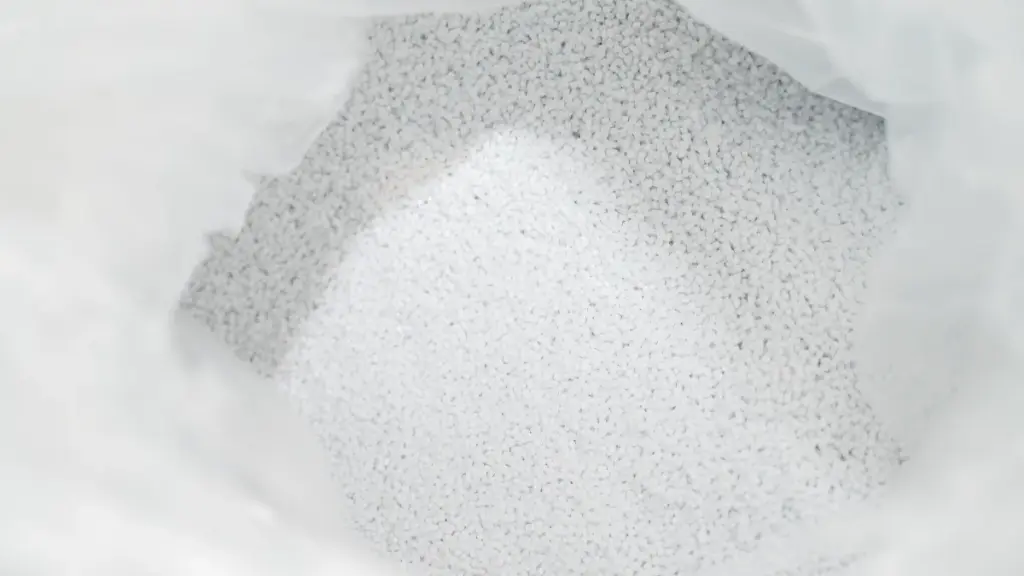
High-quality raw material is the foundation of durable industrial plastic caps. We primarily use virgin PE supplied by Sinopec, which is food-safe and provides consistent chemical resistance, strength, and sealing performance. Before molding, the pellets are blended with masterbatch to achieve the desired color and may include UV stabilizers, anti-static agents, or anti-aging additives depending on the application. Proper drying ensures moisture is minimized, preventing voids or weak spots during molding, and preparing the material for precise flow into molds.
2. Molding Process
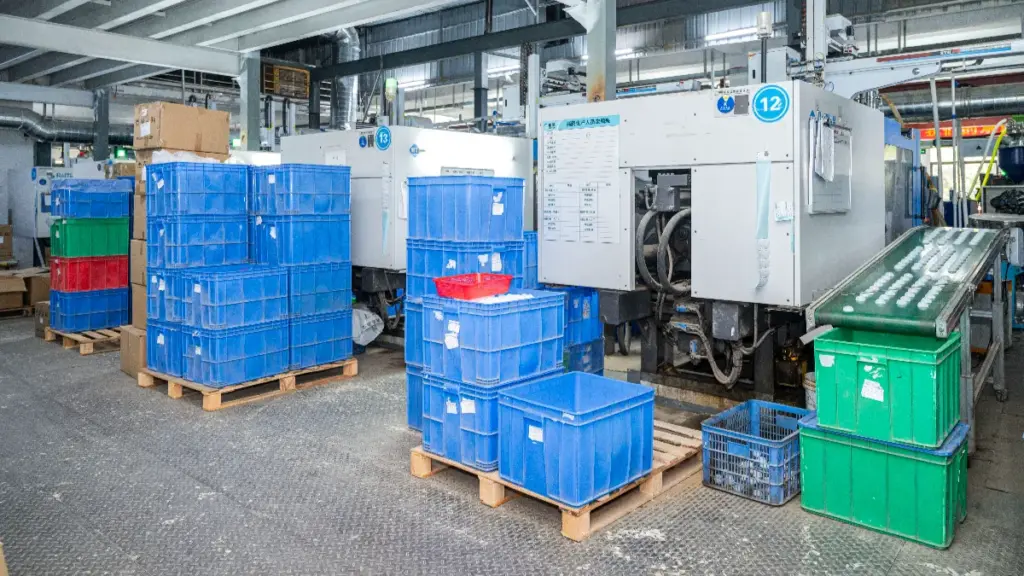
The molding process is the most critical step in manufacturing industrial plastic caps, as it determines the cap’s shape, thread precision, sealing performance, and overall durability. Our production lines use Haitian injection molding machines and advanced hot runner mold technology, ensuring precise temperature control, stable flow, and consistent quality across every batch. At Futen, we primarily use injection molding and blow molding, here’s breakdown:
Injection Molding
Injection molding is the most common and precise method for producing industrial plastic caps. It focuses on mold filling accuracy, thread precision, and surface quality, making it ideal for caps used on fuel drums, lubricant containers, and chemical barrels.
Process Overview:
- Feeding & Melting: Plastic granules are usually melted to 180–250°C.
- Injection: The molten plastic is injected under 80–140 Bar of system pressure (with peak pressures around 200–230 MPa) into the mold cavity.
- Filling: Hot runner technology ensures even material flow, forming precise threads and sealing surfaces.
- Cooling: Mold temperatures are maintained between 20–60°C to control shrinkage and maintain dimensional accuracy.
- Ejection: Each cycle lasts about 20–35 seconds per cavity, after which finished caps are automatically ejected for inspection.
Blow Molding
Blow molding is used for larger or hollow cap designs, where uniform wall thickness, parison expansion, and cooling control are key factors. It suits products requiring lightweight yet strong caps for large containers or specialized closures.
Process Overview:
- Parison Extrusion: Molten raw plastic is extruded into a hollow tube called a parison at temperatures between 170–220°C, depending on resin type and wall thickness requirements.
- Mold Clamping: The parison is enclosed between two mold halves made of precision steel, ensuring alignment and uniform cooling.
- Inflation: Compressed air of 5–10 Bar pressure inflates the parison, pressing it evenly against the mold surface to form the cap’s final shape.
- Cooling: Controlled mold cooling at 15–40°C ensures balanced wall thickness and prevents deformation.
- Ejection: Once the plastic sets, the mold opens, and the formed cap is ejected and trimmed before inspection.
With our range of molds, including 64, 48, 32, 16, 8, and 4 cavities, we can flexibly handle both high-volume and smaller production runs. Contact us to learn how we can offer you complete solustions to fit your industrial requirements.
3. Trimming and Inspection
After molding, excess material, or flash, is removed using automated trimming machines or manual finishing. Each cap is inspected for surface defects, cracks, and dimensional accuracy, including thread integrity and fit. This ensures caps meet tight tolerances, preventing leaks and maintaining reliable sealing performance under industrial conditions.
4. Gasket Insertion
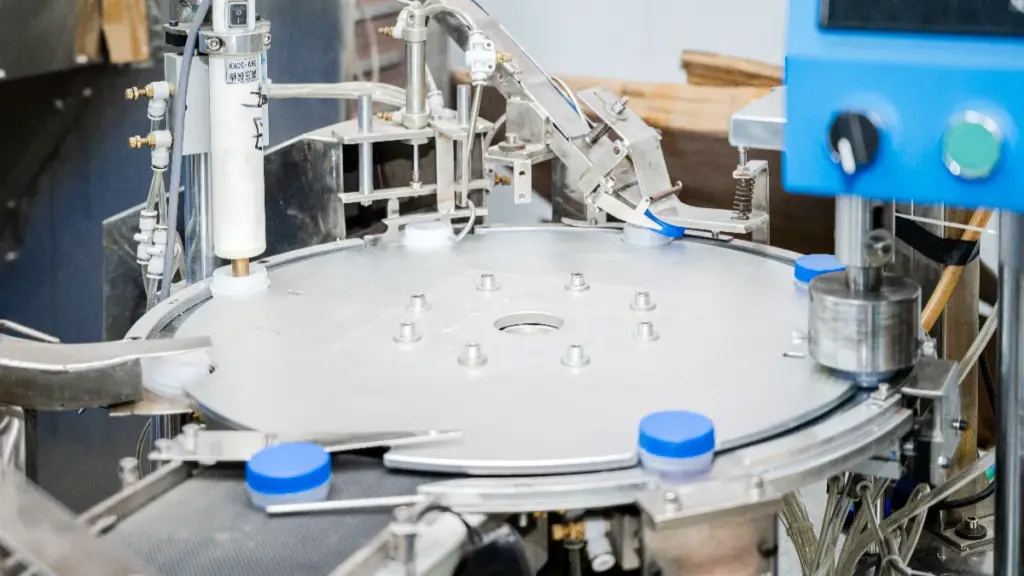
Many industrial caps incorporate a gasket, typically made of rubber or EPE foam, to enhance sealing. Gaskets are inserted manually or with automated equipment, ensuring proper alignment and eliminating wrinkles. Initial leak tests confirm the effectiveness of the gasket, critical for chemical or fuel containers where secure sealing is mandatory.
5. Customizing
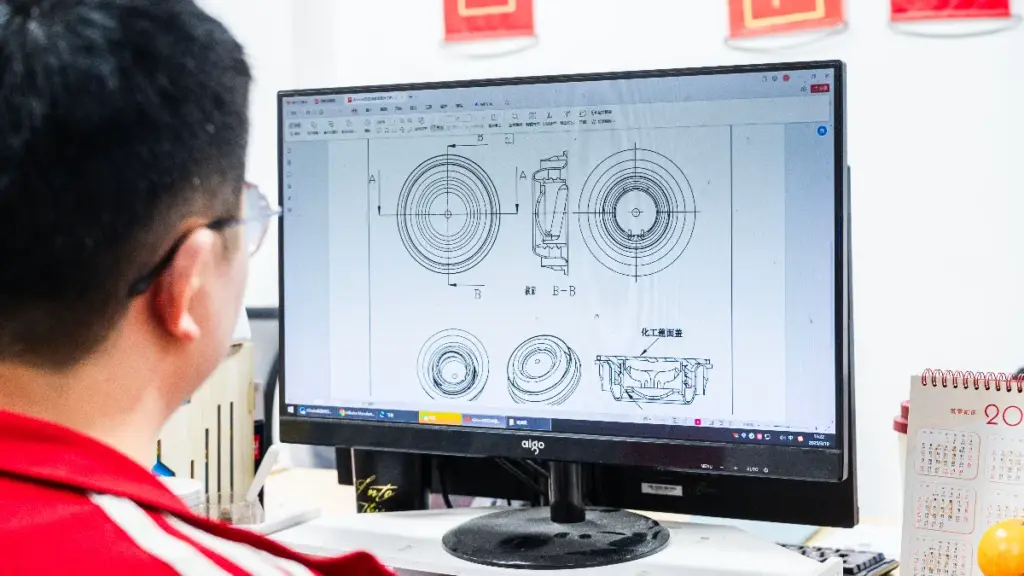
Caps can be customized with different colors, logos, batch numbers, or safety symbols. We employ screen printing, hot stamping, heat transfer, or laser coding depending on durability and legibility requirements.
6. Quality Assurance
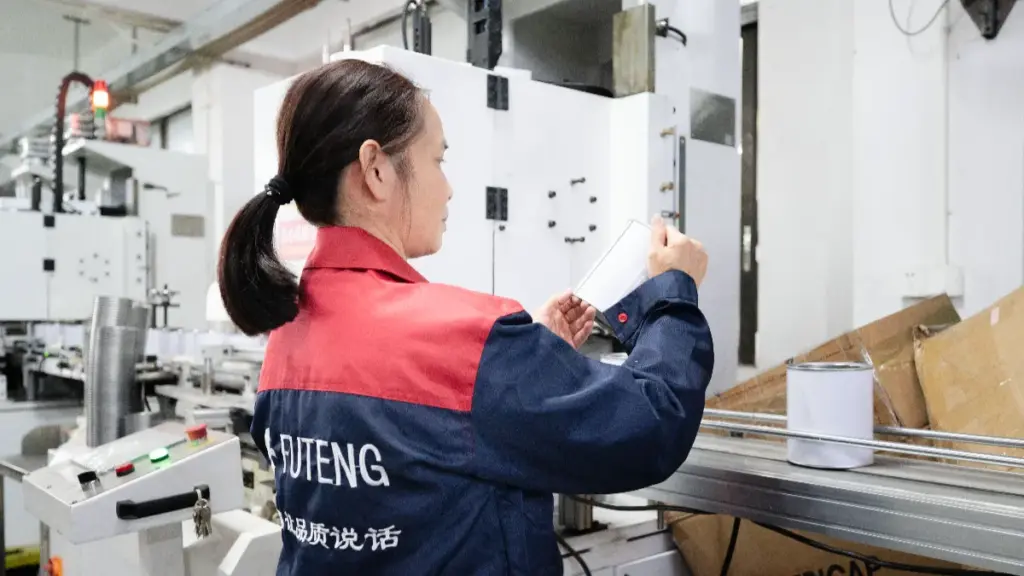
Every batch undergoes rigorous testing, including pressure and leak tests, chemical resistance evaluations, drop tests, and thread fit checks. These steps verify that caps maintain performance during storage, transport, and use, providing industrial clients with reliable, high-quality products.
7. Packaging and Delivery
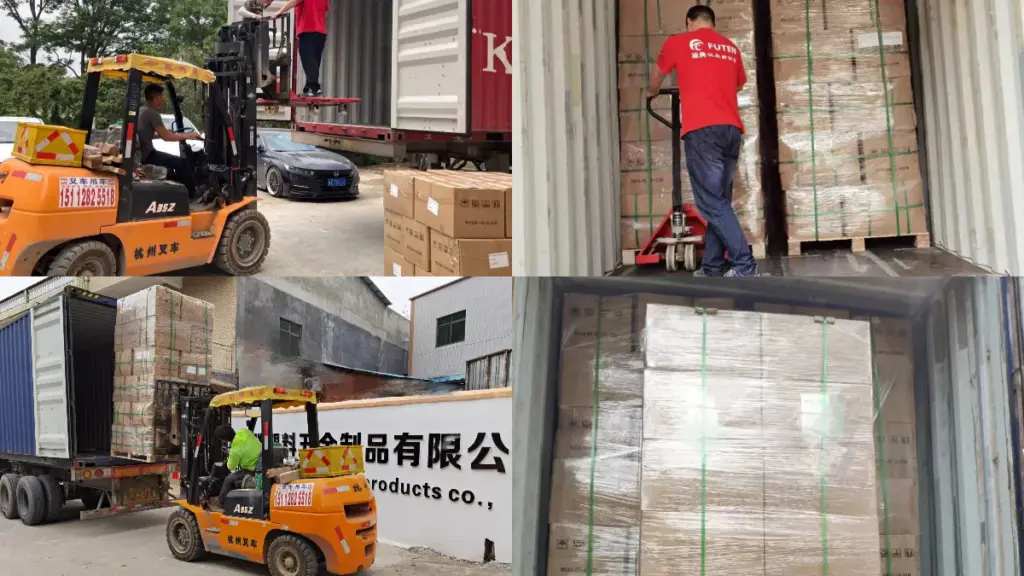
Approved caps are sorted and packaged using PE bags or shrink film and placed into labeled cartons with production dates and batch numbers. This systematic approach ensures smooth delivery, accurate inventory management, and traceability for clients.
Quality Control and Safety Standards in Plastic Cap Production
Industrial plastic caps must meet rigorous quality and safety requirements to ensure sealing integrity and material reliability.
- Dimensional Precision: Thread and sealing features are maintained within ±0.2 mm tolerance.
- Material Testing: HDPE and PP materials are tested for tensile strength (HDPE 28–35 MPa, PP 30–40 MPa), impact resistance, and chemical stability.
- Performance Tests: Torque, drop (1–2 m), and pressure tests confirm strength under industrial use.
- Product Certifications: Depending on application, caps may comply with FDA, ASTM, UN/DOT, or SGS test standards for food safety, transport, and environmental compliance.
How to Choose the Right Plastic Cap Manufacturer?
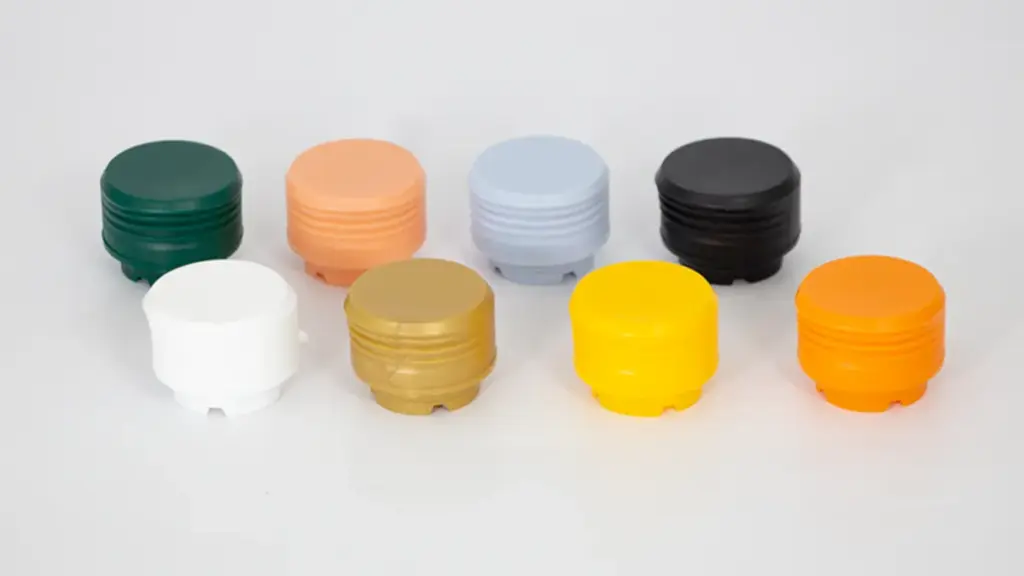
Working with the right plastic cap manufacturer ensures that your containers are safely sealed, comply with regulations, and meet the expectations of your end-users. Here are the key factors to consider:
- Experience and Expertise: A manufacturer with years of experience in producing caps for fuel, chemical, or industrial drums will have the knowledge to handle complex requirements.
- Production Capacity: Large-volume customers need a supplier who can maintain a steady output. For example, a factory with multi-cavity molds and automated injection lines can produce tens of thousands of caps per day.
- Customization Options: Industrial applications often require specific features such as tamper-evident seals, child-resistant designs, or high-heat-resistant caps. The manufacturer should be able to customize designs while maintaining quality.
- Consistency and Quality Assurance: The manufacturer should have a robust quality control system covering dimensional checks, material tests, and performance evaluations. The manufacturers with ISO 9001 certified demonstrate their commitment to maintaining stable product quality and meeting customer specifications.
- Communication and Support: Timely communication, technical advice, and after-sales support are essential. A manufacturer who provides detailed guidance on cap selection and maintenance demonstrates professionalism and reliability.
Partner with Futen for High-Quality Industrial Plastic Caps
Founded in 2015, Futen has over 15 years of experience delivering premium plastic caps and metal closures. Our facility invests heavily in production, featuring industry-leading Haitian injection machines and advanced hot runner technology. With full automation and high-efficiency processes, we produce up to 280 million closures annually. Our products are all SGS-certified ensuring consistent quality and reliability for industrial containers. If you manufacture industrial drums, fuel cans, or lubricant bottles and are looking for high-quality caps, Futen can provide the solutions you need.
Get in touch today to discuss your next order and secure high-quality closures for your business.
الأسئلة الشائعة
Q1: Can recycled materials be used for industrial caps?
A1: While recycled HDPE or PP can be used, virgin materials are preferred for industrial applications to ensure maximum strength, chemical resistance, and sealing performance. Recycled materials may reduce tensile strength by up to 20%, which can affect the reliability of the cap.
Q2: How long does it take to produce a batch of caps?
A2: Cycle times vary depending on the cap size and material. A standard 55mm HDPE cap might have a cycle time of 15–20 seconds, while a larger 100mm cap could take 30–40 seconds. Cooling and trimming time are included in these cycles.
Q3: What factors affect cap performance?
A3: Material choice, thread precision, mold design, and quality control all influence performance. Improper cooling, poor material selection, or inaccurate threads can lead to leaks or premature cracking.
Q4: Are your caps compatible with standard industrial containers?
A4: نعم, our caps are designed to match common drum and barrel specifications. Custom sizes and special features are also available upon request.
Q5: How do you ensure chemical resistance?
A5: We select materials based on the chemical properties of the contents and test each batch for compatibility. HDPE and PP are resistant to a wide range of acids, bases, and solvents, making them ideal for industrial use.

